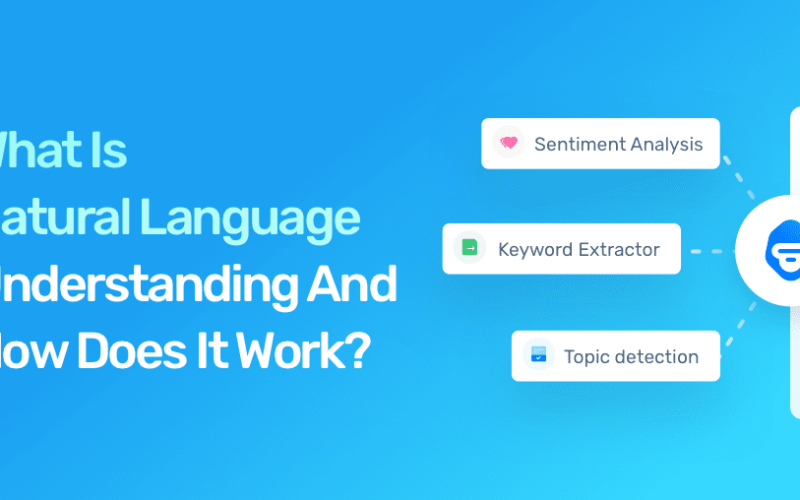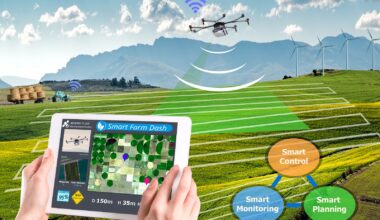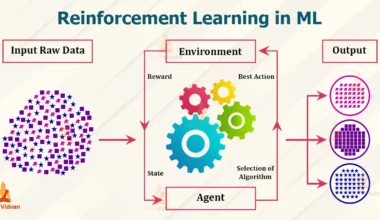Natural language understanding (NLU) is a branch of artificial intelligence that deals with the interaction between computers and human (natural) languages. It is a subfield of natural language processing (NLP) that focuses on the ability of computers to understand the meaning of human language.
NLU is a complex task because human language is ambiguous and often context-dependent. For example, the sentence “I saw a man with a telescope” can have multiple meanings, depending on the context in which it is used. In one context, it could mean that the speaker saw a man who was holding a telescope. In another context, it could mean that the speaker saw a man who was being watched by someone with a telescope.
NLU systems typically use a combination of techniques to understand human language. These techniques include:
- Tokenization: This is the process of breaking down a text into individual words or phrases.
- Part-of-speech tagging: This is the process of assigning each word in a text a part of speech, such as noun, verb, adjective, etc.
- Parsing: This is the process of breaking down a sentence into its grammatical constituents, such as subject, verb, object, etc.
- Semantic analysis: This is the process of determining the meaning of a text, taking into account the context in which it is used.
NLU systems are used in a variety of applications, including:
- Machine translation: This is the process of translating text from one language to another.
- Question answering: This is the process of answering questions posed in natural language.
- Sentiment analysis: This is the process of determining the sentiment of a text, such as whether it is positive, negative, or neutral.
- Chatbots: These are computer programs that can simulate conversation with a human user.
NLU is a rapidly growing field, and there have been significant advances in recent years. However, there are still many challenges that need to be addressed before NLU systems can achieve human-level understanding of language.
Here are some of the challenges in NLU:
- Ambiguity: As mentioned earlier, human language is often ambiguous. This can make it difficult for NLU systems to determine the correct meaning of a text.
- Context: The meaning of a text can often depend on the context in which it is used. This can make it difficult for NLU systems to understand the meaning of a text without knowing the context.
- Domain knowledge: Many NLU applications require domain knowledge, such as knowledge of a particular field or industry. This can make it difficult to develop NLU systems that can be used in a variety of domains.
Despite these challenges, NLU is a promising field with the potential to revolutionize the way we interact with computers. As NLU systems continue to improve, they will become increasingly capable of understanding human language and responding in a natural way.
Here are some of the benefits of NLU:
- Improved communication: NLU systems can help to improve communication between humans and computers. This is because they can understand the meaning of human language and respond in a natural way.
- Automated tasks: NLU systems can be used to automate tasks that would otherwise be performed by humans. This can free up human time and resources for other tasks.
- New applications: NLU systems can be used to create new applications that were not possible before. For example, NLU systems can be used to create chatbots that can simulate conversation with a human user.
The future of NLU is bright. As NLU systems continue to improve, they will become increasingly capable of understanding human language and responding in a natural way. This will revolutionize the way we interact with computers and open up new possibilities for applications.
I hope this introduction to NLU has been helpful. If you have any questions, please feel free to ask.











